By Annette Klinger, Photography Micky Hoyle, Production Liezel Norval-Kruger
In this entrance hall, visual interest is created by juxtaposing antique painted plates with stenciled plate designs on the wall.
You need:
- Plascon Cashmere Shady (G4-D1-4)
- Plascon Cashmere Landing (E15-2)
- Plascon Cashmere Hot-n-Spicy (R6-B1-1)
- Plascon Cashmere Eye of the Storm (B7-C1-1)
- Photocopier
- Tracing paper
- Polycell Sugar Soap
- Polyfilla Interior
- Sandpaper
- Drop sheet
- Masking tape
- Hamilton’s polypile roller
- Hamilton’s paintbrush
- Water-based pencil
- Hamilton’s artist brush
Get the décor effect
- Ensure that your wall is clean and dry, washing away stains with sugar soap. Fill any holes with Polyfilla and allow to dry before sanding smooth.
- Lay a drop sheet and mask off the skirting board. Next, use the Hamilton’s paintbrush and roller to apply two coats of Plascon Cashmere Shady, allowing enough drying time between coats.
- Decide on a design for your plate – from a real plate pattern or a picture – and photocopy the design smaller or larger to get the size you want. Place a sheet of tracing paper over the image and trace the pattern onto the paper using a pencil. You can leave out very fine lines or unnecessary detail that will be difficult to paint.
- To create the faux plates, cut out a round ‘plate’ stencil from a piece of cardboard, or use a real plate in your desired size. Draw around the stencil with a water-based pencil, then paint inside the outline with two coats of Plascon Cashmere Landing.
- When the Cashmere Landing is dry, use masking tape to attach the tracing paper to the faux plate on the wall, pencil marks facing downwards. Then rub over the design with a pencil until the lines are transferred from tracing paper to wall. Remove the tracing paper.
- Use the artist brush to paint the design using colours of your choice. We used the red Hot-n-Spicy, the blue Eye of the Storm and the green Shady. Apply two coats of each colour, allowing sufficient drying time between coats. Always wait for the paint to dry properly before starting on the next colour.
Style tips:
- Mix it up: Stylist Liezel Norval-Kruger suggests wall-mounting vintage plates in different sizes and designs, then offsetting them against plate designs painted directly onto the wall. Create extra visual interest by overlapping the real plates and their painted counterparts.
- Simplify: Stick to relatively simple plate designs featuring no more than three colours, so they can be easily replicated. If you find a pattern you like but it’s too intricate for a wall stencil, don’t be afraid to simplify the lines.
- Scale: To make the installation as realistic as possible, keep the scale of the painted plates as close to the original as possible.
- Accessorise: Counterbalance the circular shapes of the wall-mounted plates with geometrically shaped pieces of furniture. Create a touch of visual tension by juxtaposing the antique and vintage plates against modern, clean-lined furniture and accessories that echo the colours of the plates.







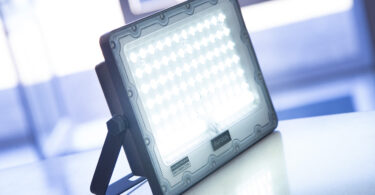
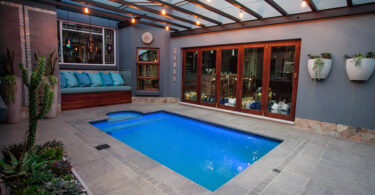

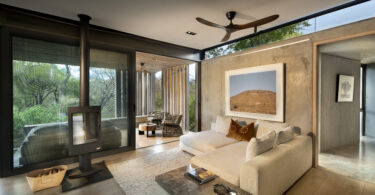
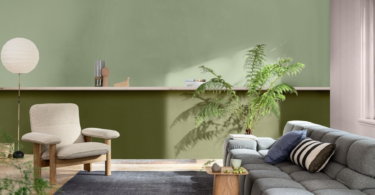
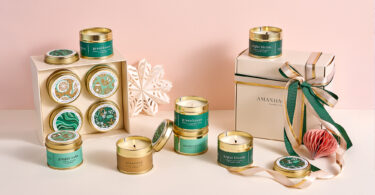
Leave a Comment